Are there new ways to look at traditional texts? If you look into the world of Digital Humanities via the University of Toronto’s Digital Humanities Network (DHN), the answer is a resounding “yes”.
The DHN is actively innovating new ways to collaborate across various disciplines and to explore new ways of analyzing traditional humanities subject matter.
The DHN is based at the Jackman Humanities Institute, and is working to accelerate and allow for more conscious reflection on these digital integrations in academia.
“The digital humanities can be broadly defined as using computational tools, methods, and theories to support research in the humanities”, explained Alex Gillespie, current Director of the DHN. “In practice this might mean using digitized census data and digital mapping tools to investigate different mercantile networks in Renaissance Florence, or it might mean creating a podcast or video game to think about how narrative works in literature.”
“Beyond creating and using digital tools or objects, DH can also include the research and analysis of emergent digital cultures and their relationships with and to themes and issues relating to traditional humanities disciplines, such as readerships, publishing networks, and practices in everyday life.”
Many instructors across the University of Toronto are taking advantage of this network, including Assistant Professor in the Department of English, Adam Hammond.
“Networks like the DHN are crucial because they introduce people to one another. They make Digital Humanities possible by facilitating collaboration,” said Professor Hammond.
For Professor Hammond, the Digital Humanities represents research that is conducted at the intersection of computing and the humanities.
For this reason, all digital humanities research is inherently collaborative. The idea behind these collaborations is that no individual researcher has enough individual knowledge to do Digital Humanities work.
“When I’m collaborating with computer scientists to answer questions I couldn’t answer using traditional humanities methods, that’s when computing is intersecting with the humanities, and so that’s when I’m doing Digital Humanities,” explained Professor Hammond.
“Humanists need people trained in quantitative methodologies to do Digital Humanities research and people trained in quantitative methodologies need humanists to come up with interesting questions.”
Professor Hammond is constantly bringing these Digital Humanities methods into his classroom. Hammond teaches a Literary Programming course, which is an introduction to the Python programming language, as well as a book and media history course that has integrated the Twine interactive, open source storytelling platform.
The most Digital Humanities intensive course taught by Hammond is “The Digital Text”.
“In this course, I introduce quantitative analysis of literature with tools like Voyant and Wordle; I do digital narrative with Twine and by teaching videogames and interactive fiction; and I assign digital theory by critics like Marshall McLuhan and Nicholas Carr,” said Professor Hammond.
Professor Hammond also has experimented with student collaboration via digital mediums, by getting students in “The Digital Text” involved with big projects like exploring the “voices” in T.S. Eliot’s “The Waste Land” (hedothepolice.org) and Virginia Woolf’s “To the Lighthouse” (brownstocking.org).
Professor Hammond noted that it is true that listing HTML, CSS, Python, etc., might help students get noticed in a stack of hundreds of resumes. But for him, that is not the most important thing for students in this learning environment.
“People tend not to focus on the flip side: humanities students bring something really important to coding. We’re creative, we’re artistic, we’re a bit strange, and we’re diverse. Humanities students don’t want to use coding to “solve problems” — they want to explore problems,” said Professor Hammond.
“They care about equality and politics, they think critically about issues like race, gender, and sexuality — and thus they’re ready to contribute positively to some of the most striking cultural gaps in tech culture. In sum, a humanities approach to coding shows it to be not just a way of solving problems, but a way of thinking creatively and critically.” The tri-campus University of Toronto has tremendous strengths in the study of digitality and digital cultures and computational approaches to humanities research.
For a list of research projects, check out this link: https://www.humanities.utoronto.ca/digital_editorial_research_projects
Read Stephen Marche’s Wired Magazine story – I Enlisted an Algorithm to Help Me Write the Perfect Piece of Science Fiction. This is Our Story – that feature’s software developed by Adam Hammond and Julian Brooke.
Each August the DHN hosts a two-day symposium that includes traditional conference papers, research posters, unconference sessions, and lighting talks, for the community to come together and learn about what is happening in DH at U of T.
To keep up to date with DHN events join the listserv by emailing Dr. Christopher Young at dhn.admin@utoronto.ca.
By Mitch Jackson























